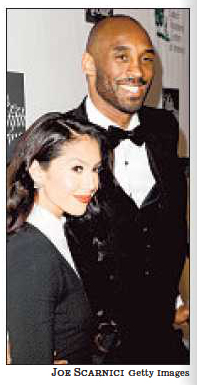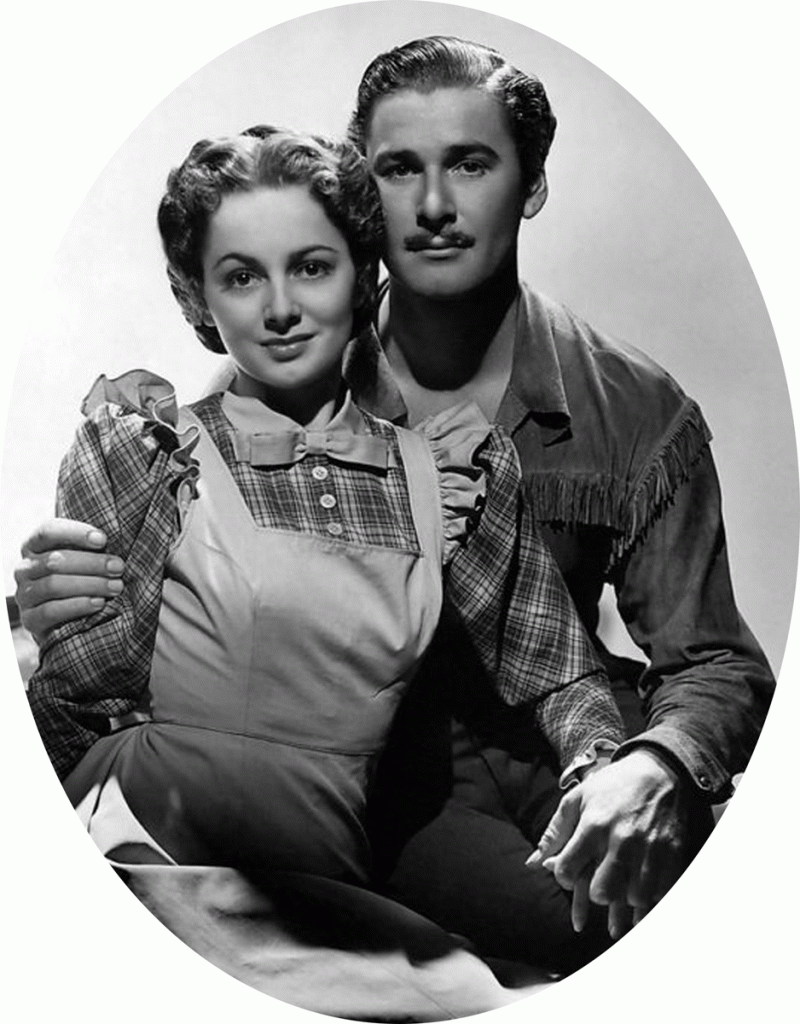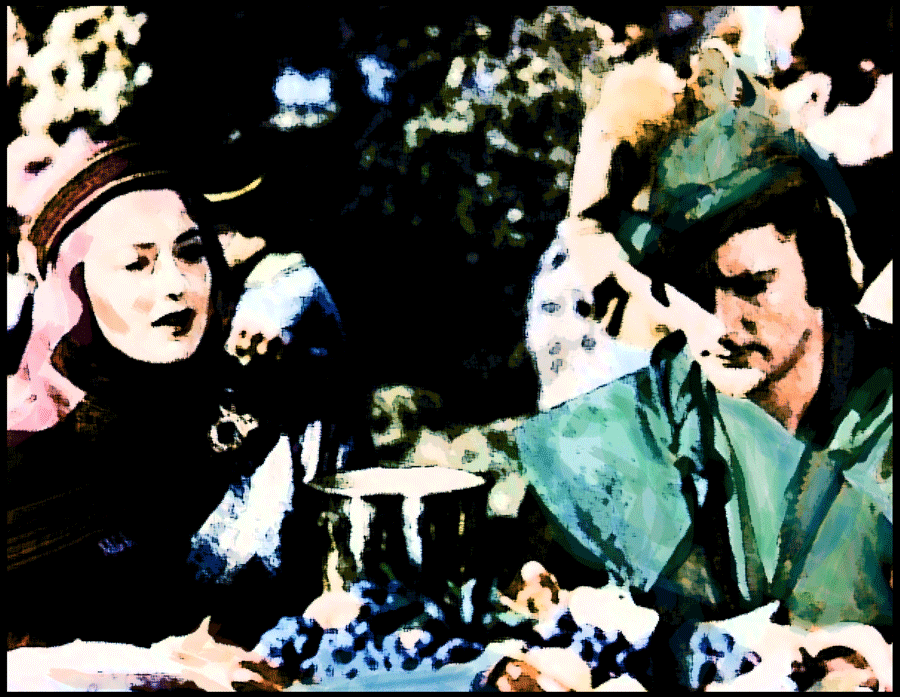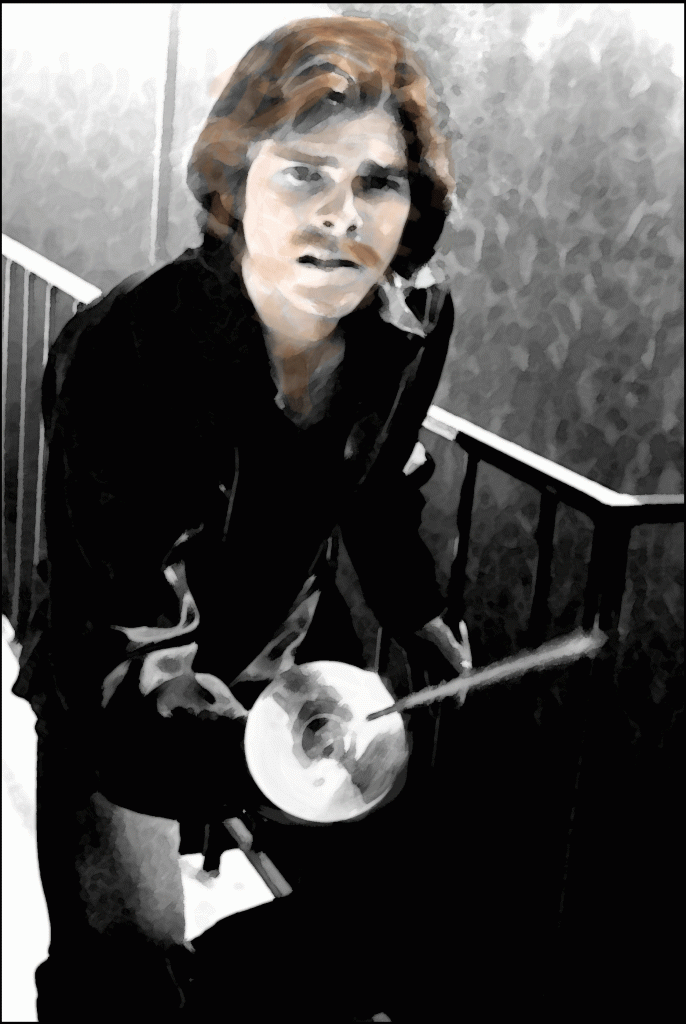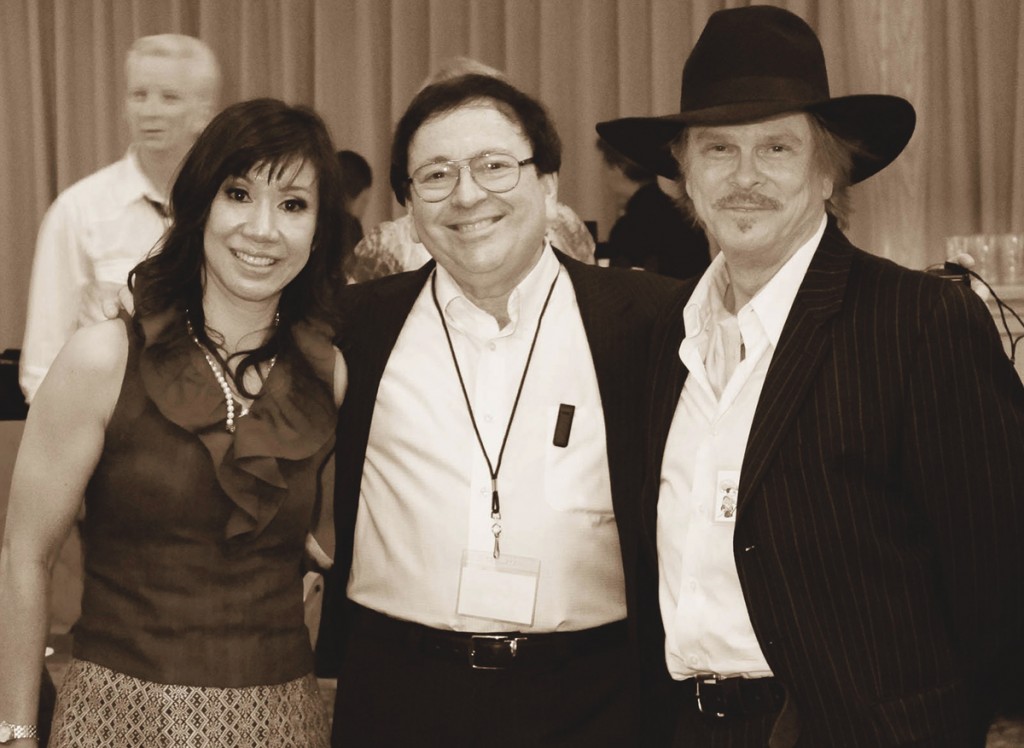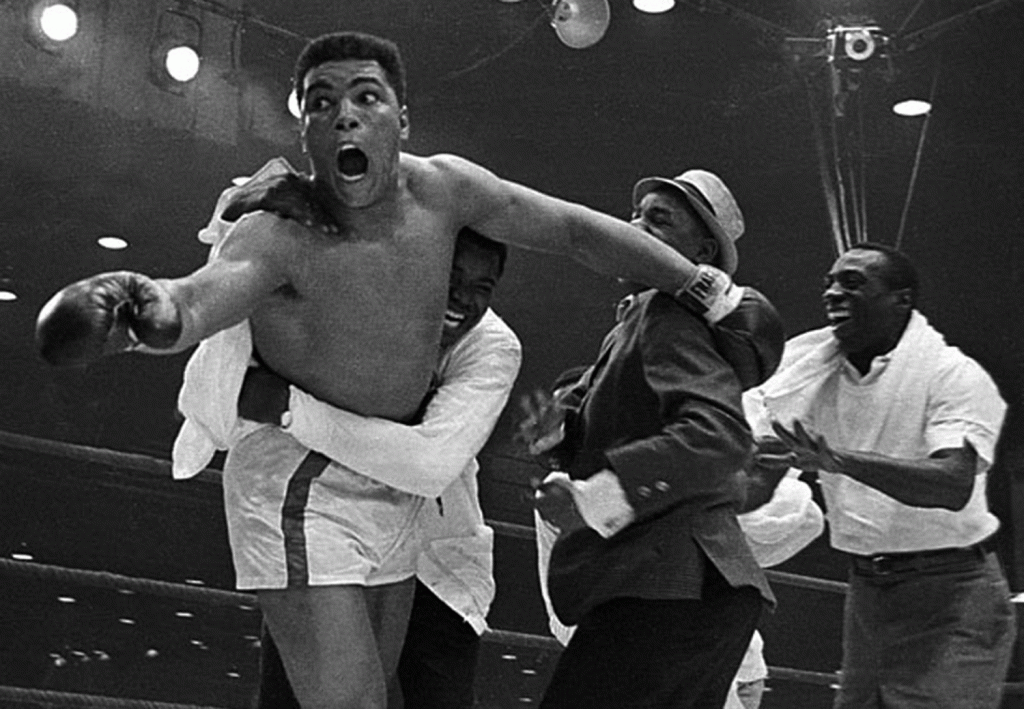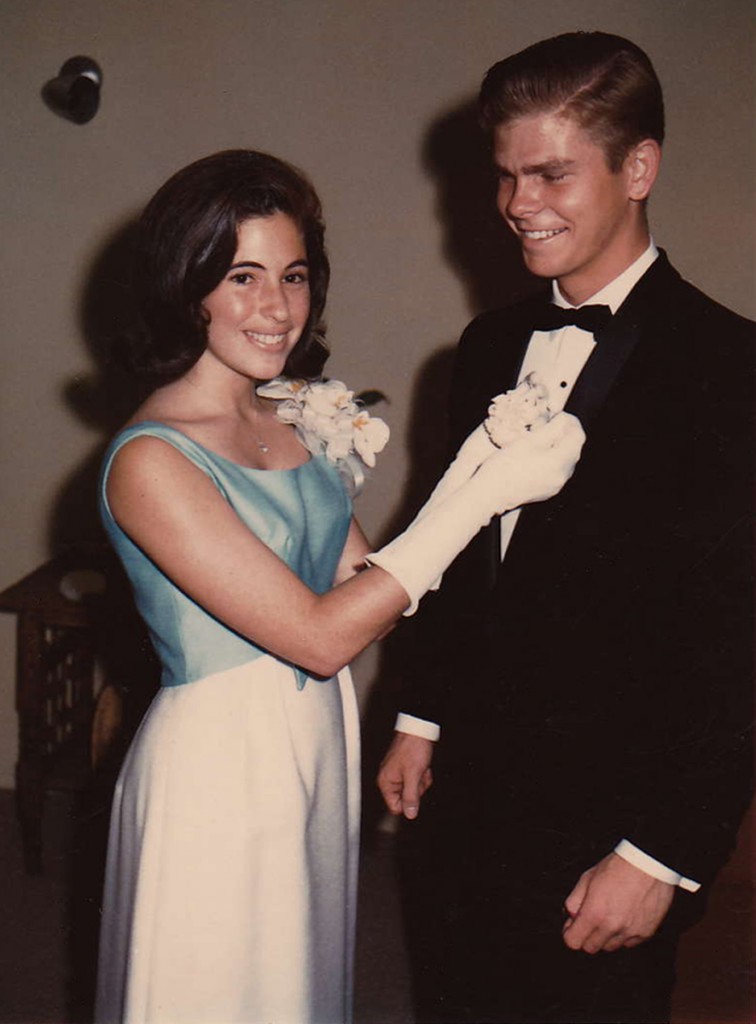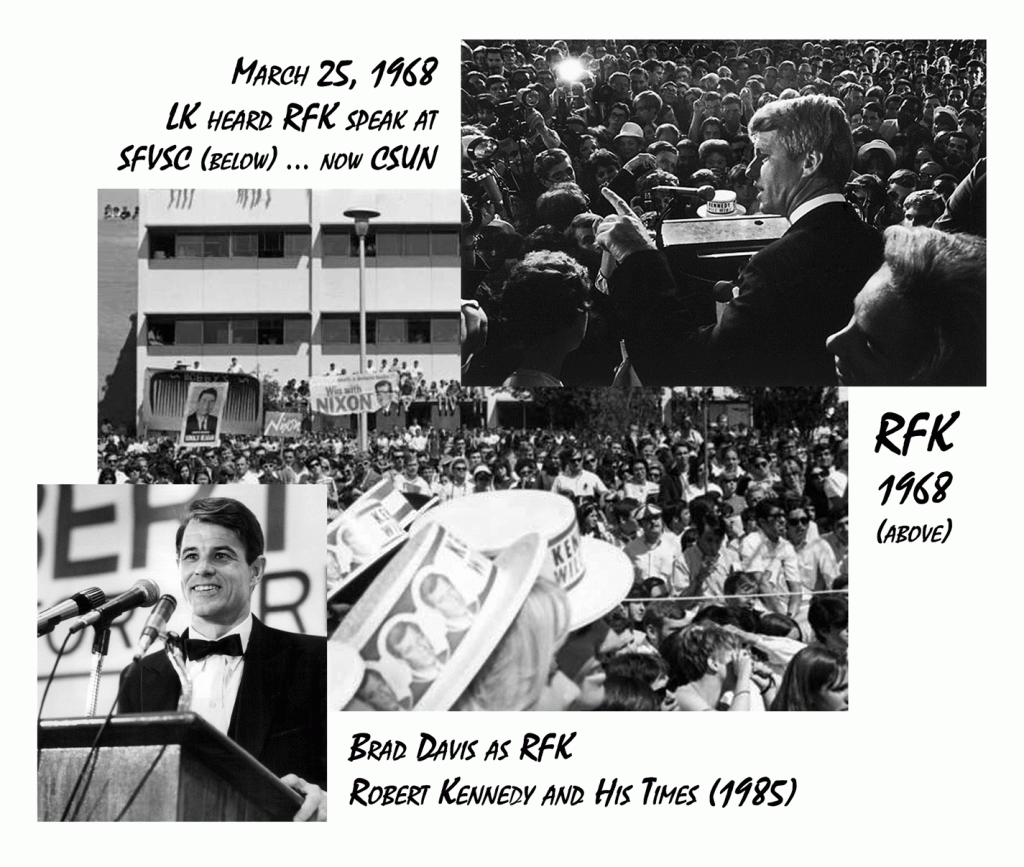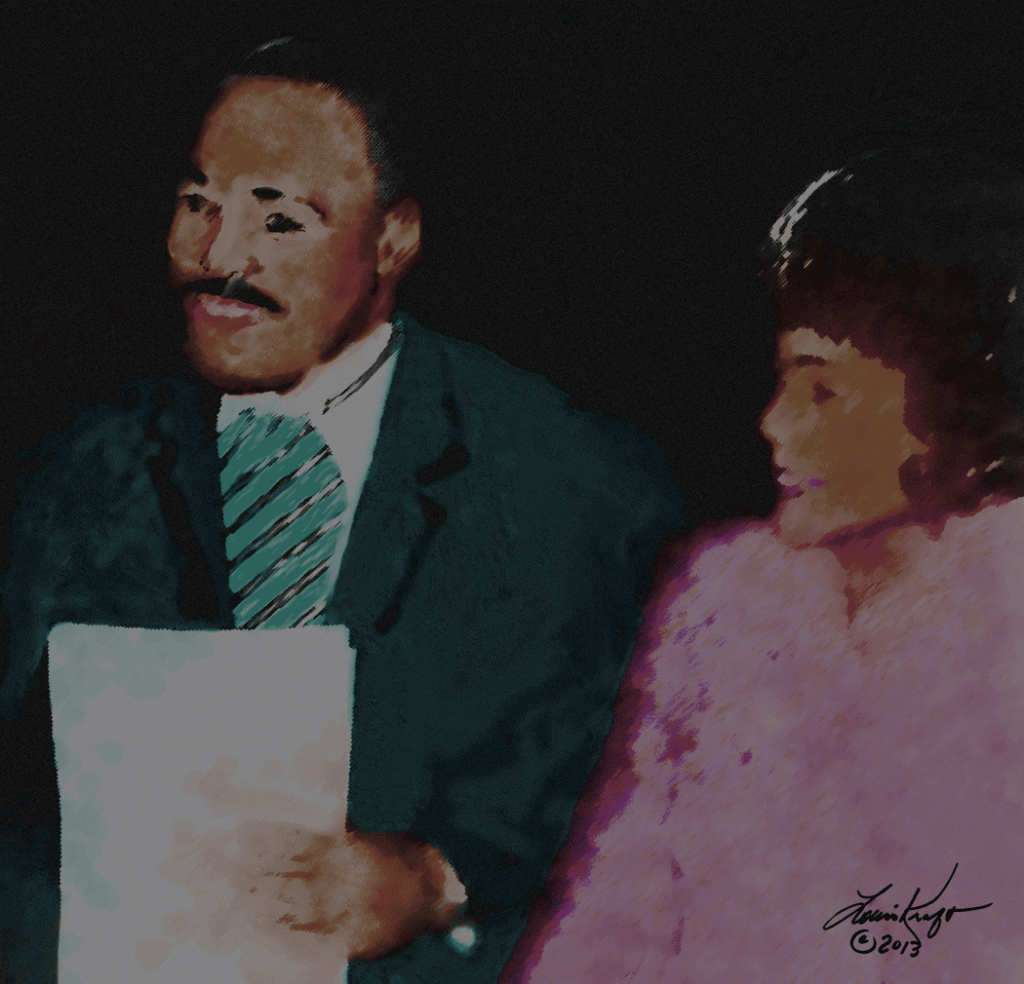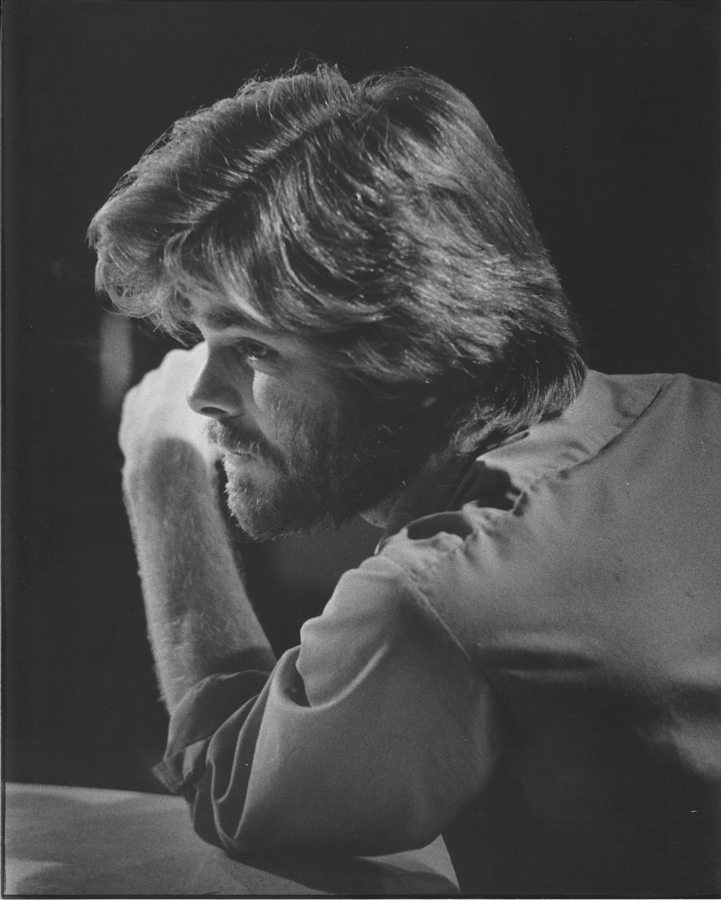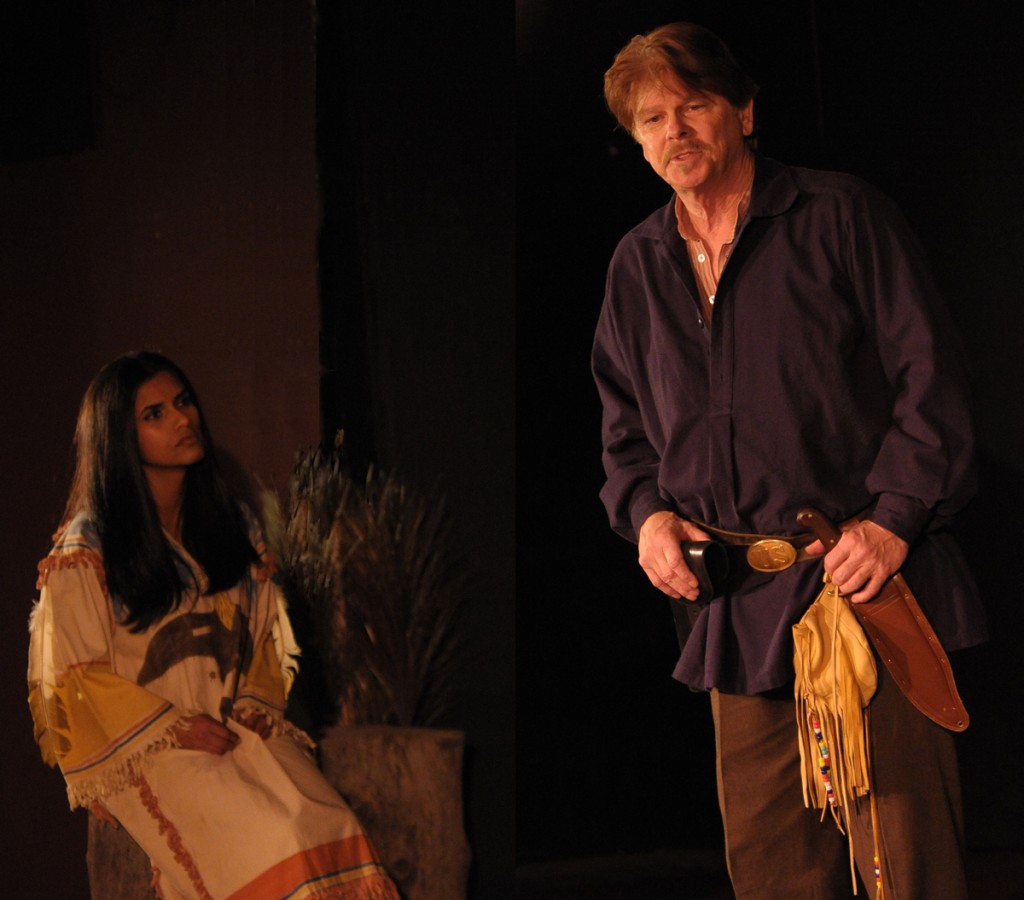Website & blogs © Louis Kraft 2013-2020
Contact Kraft at writerkraft@gmail.com or comment at the end of the blog
Well here we are approaching the end of August 2013. Some—actually most—is very good, while some of you don’t want to hear about (or maybe you do, but I’m not tellin’). As you’ve seen in past blogs I like to mix and match subject matter. The reason is twofold: 1) This is how my brain functions, and 2) Writing is a continuous experiment. We have one other thing to add to this blog, … my life again has balance. I have great friends. Some close, some hundreds of miles away, and some thousands of miles away. I’m lucky. But although they play a major part in my ongoing life and growth, my life requires two key people (there are no surprises here).
Sand Creek and the Tragic End of a Lifeway contract
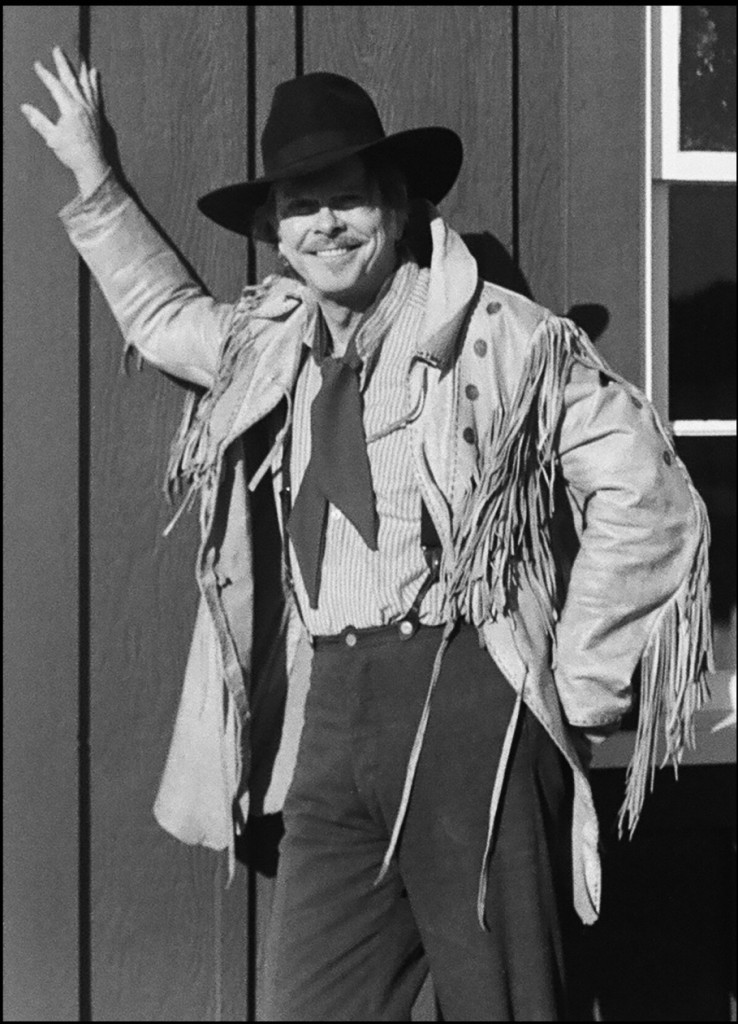
Obviously LK is happy, and this image represents my feelings. It was taken while I spent prime time at Fort Larned, Kans., in September 2012. A lot of the time was spent with my good friend and Fort Larned chief ranger, George Elmore. He took this picture while I leaned against the reconstruction of Ned Wynkoop’s home-U.S. Indian Agency that has been reconstructed at the post. During this trip I spoke about Wynkoop’s efforts to save the Cheyenne-Lakota village on the Pawnee Fork (35 miles west of Fort Larned) when Maj. Gen. Winfield Scott Hancock threatened to destroy it in April 1867. I delivered the talk on the pristine village site, which is protected. I also represented Wynkoop when he was inducted into the Santa Fe Trail Association hall of fame. (photo © Louis Kraft 2012)
Great news: In mid-August Chuck Rankin, editor-in-chief at OU Press, and I worked out a Sand Creek contract that is acceptable to both of us. Since then OU Press has sent me the final contract. I received it on August 28, and saw one final fix that must be in place before I signed the contract. I emailed my request to Chuck and he got right back to me to hand write the change into the contract, initial the change, and send it to OU Press. I did. Bottom line: LK is one happy writer.
If you have read some of the previous blogs you know how much I like and respect Chuck. He has been the backbone to Sand Creek for years, and if it wasn’t for him this project would still be floating in na-na land while I tentatively dogpaddled through quicksand.
Oh yeah, if you didn’t know it, the Indian wars nonfiction field can be a minefield wherein one must tread carefully. I’ve already mentioned key people, friends who will become my bosom buddies over the next three years (contract term begins on October 1, 2013, with a polished manuscript delivery date of October 1, 2016). Doable! I’m sorry, but no contract details other than we have agreed upon 130,000 words. Am only going to mention one person here—John Monnett. John walks some of the same roads I do (not all, for our lives have been different), but we have a lot in common. John’s got fire plus a good sense of humor, not to mention a firm grasp on humanity. My only regret with John is that he lives in that far-off land of snow called Colorado. He would be a perfect fit for Los Angeles (if he sees this, I’m certain his head would bounce off the ceiling in his living room and that’s a long bounce).
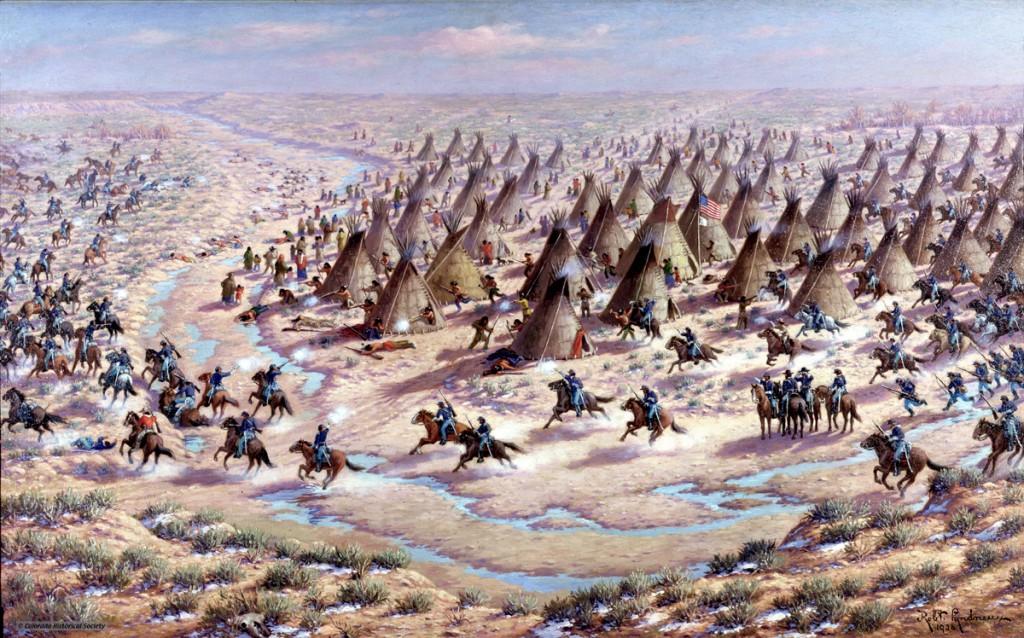
This art by Robert Lindneux (dust jacket for Greene & Scott, Finding Sand Creek, 2004) is totally wrong. Every primary source I have seen discounts this art. I have total control over the images in the Sand Creek book, and there is no way this art will be on the dust jacket for Sand Creek and the Tragic End of a Lifeway. If the art director at OU Press even hints at this being on my dust jacket, he won’t have time to blink for I will be in Norman, Okla., so fast he won’t have time to gulp in air.
Many of you know that Ned Wynkoop has played a key role in my development as a writer and historian over the years. He has not gone away. To the contrary, he will play a key role in the Sand Creek book. … As will Black Kettle and the Cheyennes, including—depending upon what I can find—Bull Bear and Tall Bull, and to a lesser degree other Cheyennes, such as Little Robe (and cross my fingers, Roman Nose if he drifted southward at this time), and Arapahos Left Hand and Little Raven (among others), and the Oglala Lakota Pawnee Killer (and if I get lucky and can link the great Crazy Horse to the central plains).
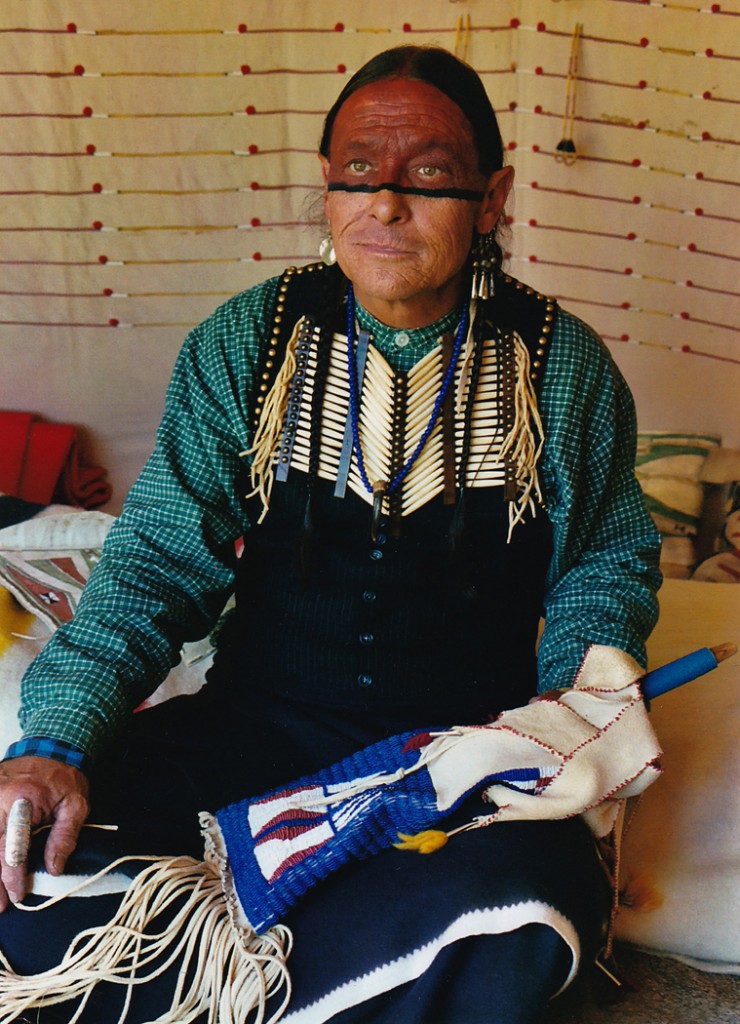
Southern Cheyenne Ivan Hankler. I met Ivan at a convention at Fort Larned, Kans., in spring 2004. We immediately hit it off and I spent most of my time with him during the two–or three–day event. During this time we hung out and talked (in his tipi and on the Fort Larned grounds). I learned a lot, but best of all gained a friend. This is my favorite image of him from 2004. During the event I spoke about Custer finding Stone Forehead’s village on the Sweetwater in the Texas Panhandle in 1869, and the peaceful negotiations that followed. Ivan didn’t think he could attend the talk, and I told him (and Kiowa James Coverdale) to attend, that they would be my guests. They did. Good times. Unfortunately Ivan has moved on; perhaps I shouldn’t mention his name and share his image here, but I decided to break the rules for he will always be a part of my world. (Photo © Louis Kraft 2004)
Those of you who read Ned Wynkoop and the Lonely Road from Sand Creek (2011) know that I worked with Cheyennes. This association will not only continue to grow with Sand Creek and the Tragic End of a Lifeway, it will include other key Cheyennes I know, like, and respect. Certainly John Chivington is a leading player, as are Rocky Mountain News publisher and editor William Byers and territorial governor John Evans. The Bents (William, George, and Charley) will have key roles, and, if I can find enough information, Edmund Guerrier will be featured. Indian agent Samuel Colley, Interpreter/trader John Smith, soldier/enemy to Chivington Samuel Tappan, and soldiers Scott Anthony, Silas Soule, and George Shoup (again depending on information) will have key parts. Yep, there is a lot of research staring me in the face (and some of it will be with people and institutions that I have not yet worked with).
I can’t speak for other writers, but for me the hope is always that the next book I write will be my best. Certainly Chuck Rankin has worked closely to put me in a position to make this happen. We have played with a voice, and if I can control it, the Sand Creek manuscript will bridge the gap between my earlier and later nonfiction. Will the prose border heresy? I hope so! Will it survive reviews? Ouch! Don’t ask. Only time will tell. Will the text be blue? Depends upon what I can get away with and what you consider blue. Will it be controversial. You can bet on it! Where I couldn’t push the envelope with Wynkoop, I intend to approach the Sand Creek story with both guns blazing.
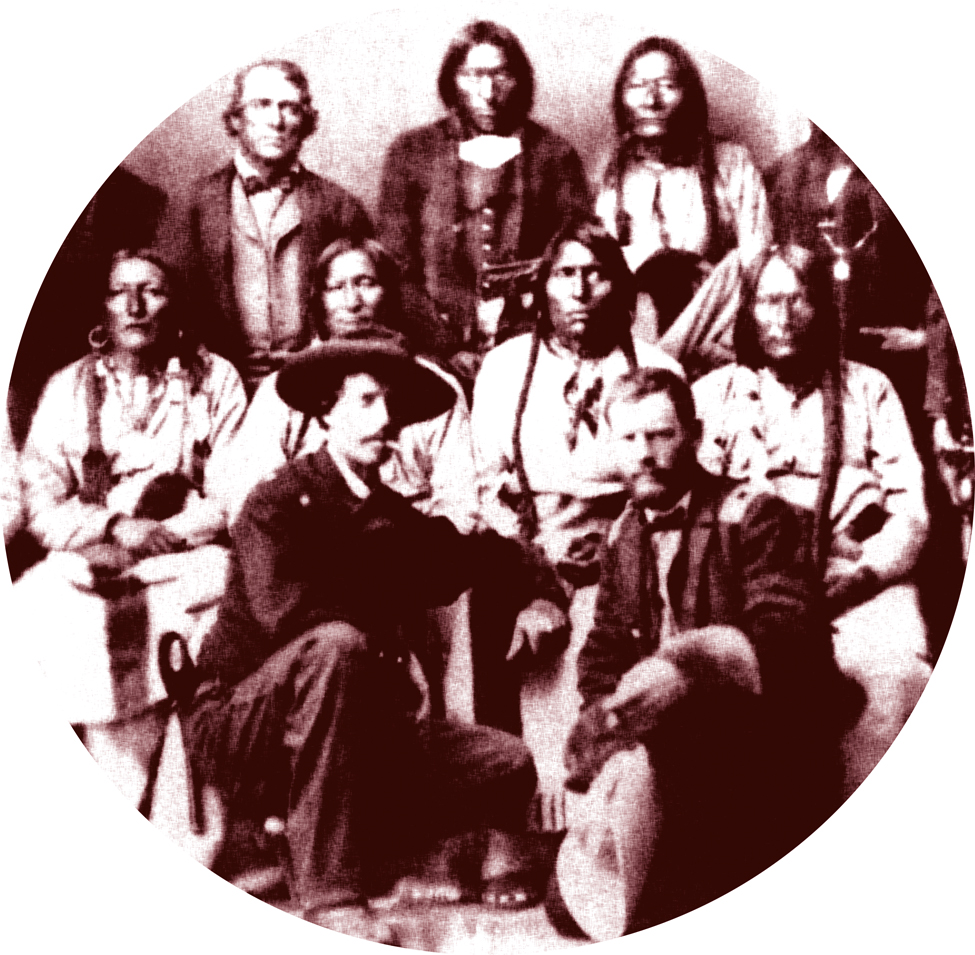
Here are some of the usual suspects that will play roles in Sand Creek and the Tragic End of a Lifeway. Ned Wynkoop and Silas Soule are kneeling in the foreground. Bull Bear is sitting left in the middle row and Black Kettle is sitting behind Wynkoop. In the back row, John Smith stands between Bull Bear and Black Kettle.
The Wynkoop book contract allows me to write anything in any medium about him at any time; the Sand Creek book contract limits what I can write in the future. These two contracts are both good for me even though they differ in what I can and cannot do. Chuck Rankin couldn’t remember how I landed the Wynkoop contract w/o limitations (simple: I wouldn’t sign it w/o an open slate to write what I wanted about him in the future). This future, in relation to Sand Creek, has changed. Chuck has rightfully stated that he must protect OU Press from me writing a competing manuscript to Sand Creek and the Tragic End of a Lifeway. I totally agree with this. I don’t know what I’ll write about Ned Wynkoop in nonfiction book form (most likely nothing), but I had to protect that. This nonfiction book on Sand Creek will be the only one I write. This piece of the contract was important to Chuck and OU Press, and I agree with their view 100 percent.
All said, I’m going to have one hell of a good time writing this book. I’m thrilled. Period. I’m thrilled!!! The next three years of my life are going to be a wild ride of discovery. And like Errol & Olivia, I plan on sharing some of it with you. And there will be what I’m currently calling “information exchanges,” but they will have a different intent. The E&O quizzes focus on alerting you to who they are/were and what they did. The prizes will be dueling lessons (hey folks, I’m a poor writer and must be careful with what I give away). Here I hope to dig into people and actions with you, and the giveaways will be books.
Mr. Wynkoop updates
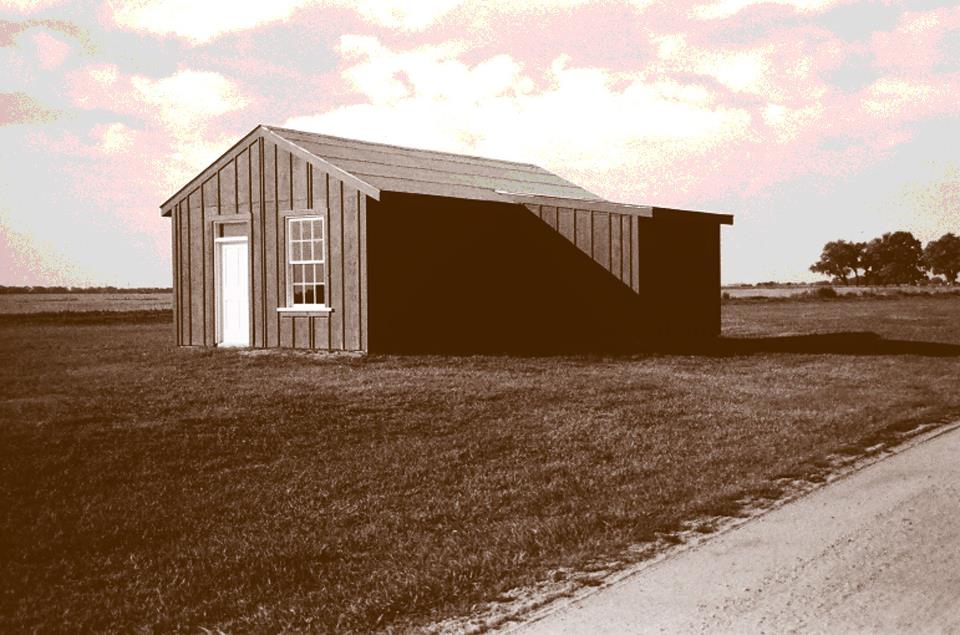
View of the building that Ned Wynkoop rented from the post trader at Fort Larned, Kans., at the end of the 1860s. It served as both his home and as the Cheyenne–Arapaho Indian agency. Due to space limitations this (or another image) didn’t make it into the Wild West article. (Photo © Louis Kraft 2012)
A quick update on Ned, … The next article, “The NPS Has Rebuilt Ned Wynkoop’s Indian Agency Home at Fort Larned” will appear in the December 2013 issue of Wild West magazine. Editor Greg Lalire and I have completed our final fixes to the layout and copy edit. I’m pleased. It should be on newsstands in late (?) October.
I still owe Greg Wynkoop art for the August 2014 issue of Wild West, which features Wynkoop meeting Black Kettle for the first time in September 1864. it has been in progress for a long time, … and for a long time I have backed away from it. Why? Honestly, I’m a piss-poor artist who attempts to sell only because he likes to eat on an almost-daily basis.
This Wynkoop art is important because this is, from my point of view, an important article and I need illustrations for it. It is also important, for if I like the final product I intend on using it in the Sand Creek book (It will give critics that claim to be purists another Bowie knife to fling at me. Sobeit!).
Sand Creek information exchanges w/giveaways
These Sand Creek information exchanges will be different. Bear with me for a short while. Other than a few radio stations that deal with new music in Los Angeles (and air Rihanna and Lana Del Rey), most LA radio stations suck. Probably 85 percent of my time is spent on news and sports talk radio. ESPN AM 710 shines.
Of course ESPN is Lakers-centric in Los Angeles (Kobe and the Lakers dominate). However, there is a good focus on USC football, and recently—and I mean real recently (the LA Dodgers have been a laughing joke since Kurt Gibson’s miraculous home run and Orel Hershiser’s pitching mastery during the 1988 world series—a golden moment in time that marked the beginning of the end of their careers). Until June 2013 the Dodgers were hard-put to find air time on ESPN AM 710. No more. They are now challenging the Lakers’ dominance (forget the Clippers, for they are little more than bridesmaid wanna-be’s until they win a championship). Hanley Ramirez, Yasiel Puig, and Clayton Kershaw (who is quickly placing his name next to the great Sandy Koufax) have taken LA by storm.
Back to the Sand Creek information exchanges. They will be like the phone calls to ESPN AM 710, in that they aren’t quizzes at all, but will be prizes awarded to the best comments based upon subject matter that I make public. I hope this isn’t obscure. If it is, ping me and I’ll try to clarify. For example I might create a discussion subject such as mixed-blood Cheyenne Charley Bent. He’ll be an open target, but whatever you say that is controversial you’ll need to back up with citation. I’m not looking for bad and I’m not looking for good. Rather, I’m looking for discovery. If you’ve read any of my nonfiction books you know that I don’t shortchange people who help my research. Yep, … that’s the key here. I’ll be looking to expand my knowledge of people and events. Again, I’m not looking for good or evil, or right or wrong, but what happened and who did what. You don’t have to provide complete details, but I would like a clear direction to where I can dig and discover what happened.
My hope is that the above will be different and that it will generate responses from you.
This entire website/blog has been an experiment to find and connect with you. It has also been an experiment for me to find out who I am and where I’m heading as a writer and person. To date I’m pleased with the results. I have no intention of backing off and hope to challenge both you and myself.
The prizes will be Indian wars books from my library but not Kraft books (sorry, but I’m a starving writer). They will be books that I probably won’t read or use again. This doesn’t mean they aren’t good books; all it means is that I won’t use them again and need to add space to my home that has grown terribly tight over the years. When this becomes reality I will announce the book titles and publication dates along with subjects that are hopefully of interest to you. With luck this method to gain leads and information will be successful. If so it will continue.
The future?
That’s it, other than to say that the Sand Creek story will dominate my writing life. E&O will advance, but all magazine article-writing will stop, as will all talks unless I receive my full salary and all expenses. Actually a sad state of affairs, my writing affairs, but this is nothing new.
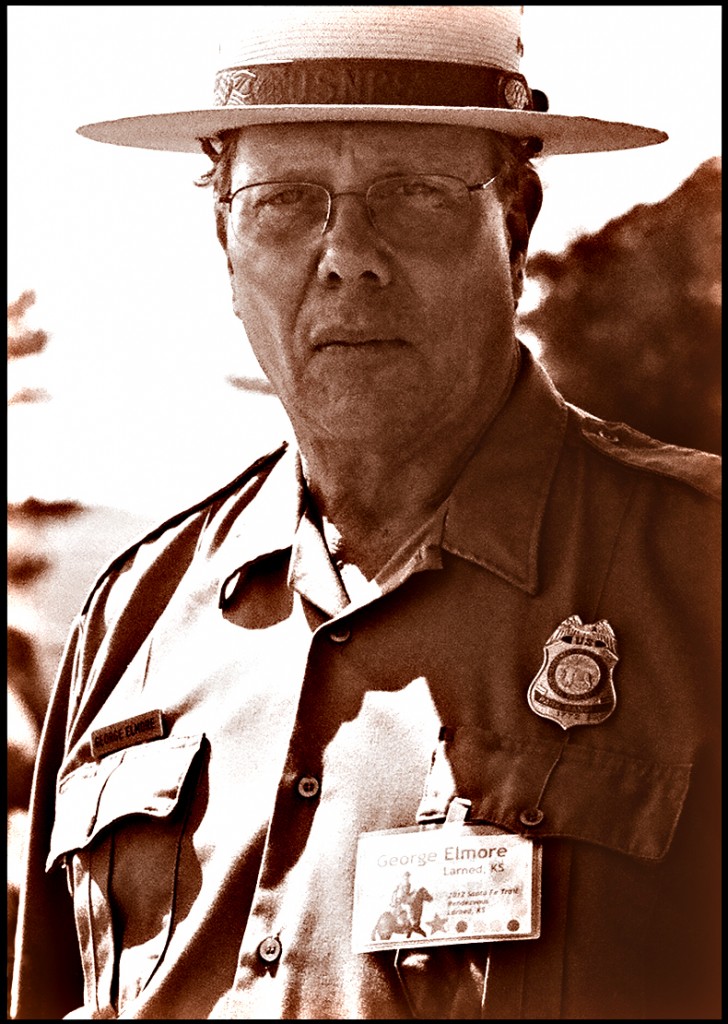
George Elmore at Pawnee Rock State Historic Site, Kans., on September 21, 2012. A number of cool presentations of people who played roles on the Santa Fe Trail were performed by re-enactors (including John Carson, who portrayed his relative Kit Carson). Unfortunately the Kansas sun was deadly that day. (Photo © Louis Kraft 2012)
One exception might be a break to be a writer in residence at Fort Larned, Kansas (an invitation, if still open, is of great interest to me).
George Elmore, chief ranger at Fort Larned, has played a key role in my Indian wars writing life since we met in the early 1990s. In September 2012 I spent a lot of time with him during a major three-day Kansas event wherein I spoke about Wynkoop trying to prevent Maj. Gen. Winfield Scott Hancock from destroying a peaceful Cheyenne-Lakota village on the Pawnee Fork in Kansas on the protected and pristine village site (my favorite of all the key Cheyenne village sites). George shared stories about men and events that are right up my alley—men and events I had no knowledge of. If ever we can put our heads together and I have the opportunity to explore these stories, my writing will take on an entirely new direction while surprisingly stay the course with everything I have written in the past.
Two people
As I mentioned above, there are a lot of great people in my life, people I enjoy seeing and hanging out with at the drop of a hat. This can happen with my friends in LA and attached counties (and I can count them on my fingers and toes). Expand to Northern and Southern California, the West, and points east, and this number noticeably grows. No matter when I see any of these people, it is just like yesterday. They are all talented, artistic, and vocal. In a word, they are really cool human beings. Some share my interests; others don’t. Some share my political views; others don’t. They are of a multitude of races, and not all are American born. They are just people, … people I’m lucky to know.
There are two other people, and they are core to my soul and to my very existence. One I’ve known for many years (and some of you know her). The other is new to my life (and some of you know her). They give my life balance, they give my life validity, and they give my life a future.

